Downtown Lebanon, Missouri’s rich and colorful history began as a settlement took shape between 1849 and 1869 with settlers making their way west mainly from North Carolina, Tennessee, and Kentucky. The town name was chosen by a respected local pastor to honor his hometown of Lebanon, Tennessee.
Downtown first developed on a hill a mile north of the current location. A square, courthouse, and several shops formed the population center. The beautiful site, described as abundant in water and full of trees and flowers grew over a twenty-year period with half a dozen businesses and several grand homes stood out, along with the Old Academy School.
Not long after the Civil War’s end, the South Pacific Railroad sought to lay tracks and build a railroad near the square; however, city founders were not interested and refused to provide land for the project. The Frisco Line instead put down track and built a depot a mile to the south. A new main street called Commercial was laid out parallel with the railroad, and gradually the town relocated to the muddy flats by the tracks. Businesses gravitated to the railroad to serve travelers and homes were physically moved from the “Old Town” location to be in town.
A stockyard came to town as did banks, blacksmiths, hardware, and feed stores. However, it was the discovery of magnetic water in an artesian well in 1887 that turned Lebanon into a tourist destination. The grand Gasconade Hotel was built to accommodate visitors seeking health and wellness at its famed mineral baths and for a brief time in the late 1800’s a trolley ran from the Frisco Depot to the hotel. The local magnetic water was bottled and made available worldwide.
While the landmark hotel burned to the ground in 1899, the downtown area grew after the turn of the century with the addition of banks, general stores, saloons, restaurants, and more hotels. Several of the era’s impressive brick buildings still stand and have been restored to preserve the historic aspect of downtown Lebanon.
Following the economic hardships of the Great Depression and belt-tightening during two world wars, Lebanon came back strong. New businesses opened and Commercial Street became a social center, particularly in the 50s and 60s, when folks from around the county and region came downtown to shop and catch up with neighbors.
Business growth began moving to the suburbs in the 1970s. Strip shopping centers and chain stores drew shoppers away from downtown to stores closer to new housing developments. This began a difficult season for downtown retailers and over the next three decades, many favorite merchants closed their doors, often with nothing to fill the empty spaces left behind.
Downtown business leaders and the City of Lebanon joined together in revitalization efforts which ebbed and flowed with the local economy until 2020 when the Lebanon Downtown Business District Advisory Board retained an executive director. By the close of 2020, Lebanon had secured a community empowerment grant from Missouri Main Street Connection and joined a national movement led by Main Street America to bring back small, rural main streets as economic engines and local business hubs.
Downtown Lebanon was formed as a non-profit organization in 2022 and continues to enjoy success in revitalizing the downtown business district. From improved building facades to beautification projects, more social events, new businesses, and additional jobs, Lebanon has entered an exciting new phase in its history.


